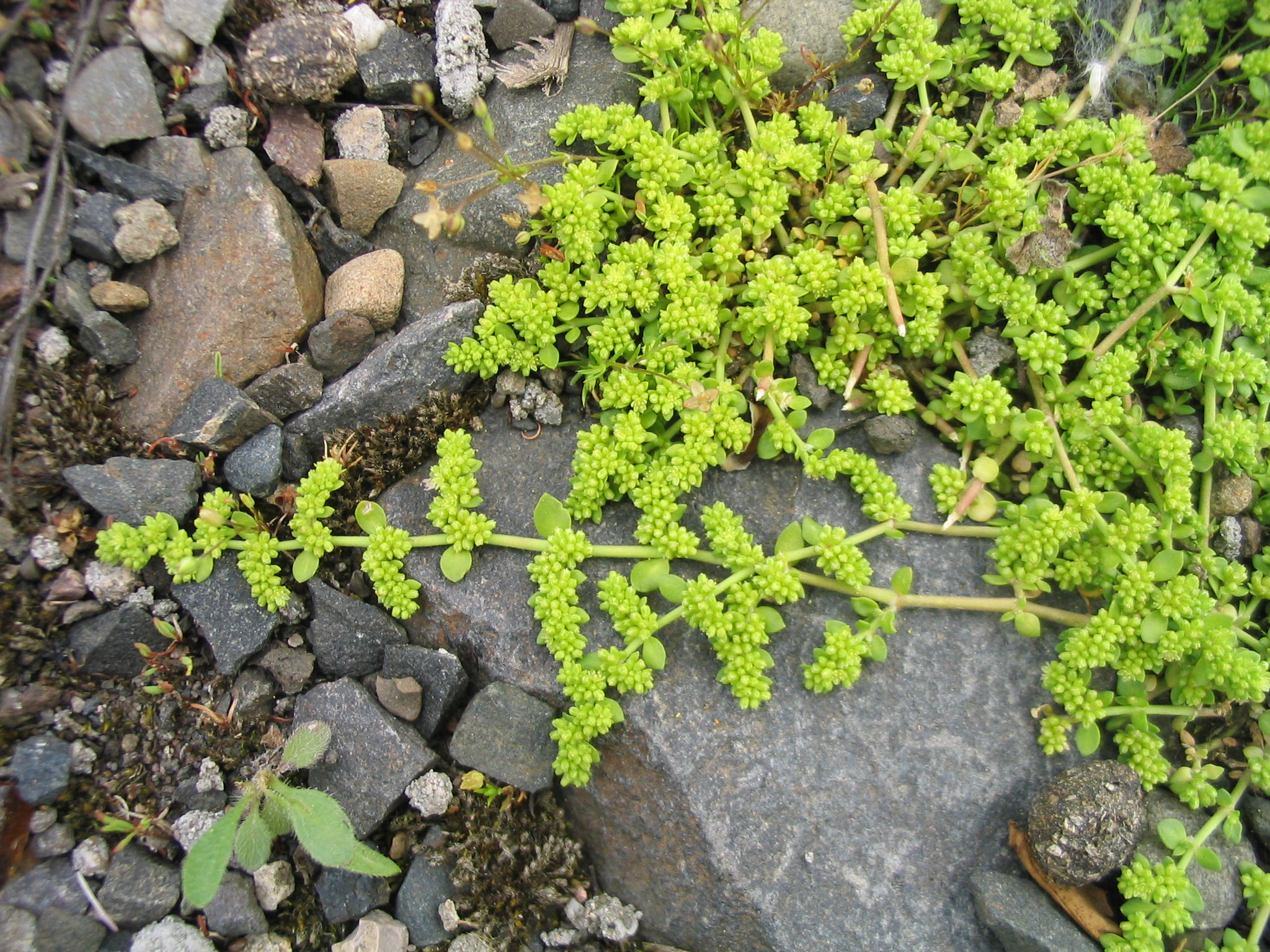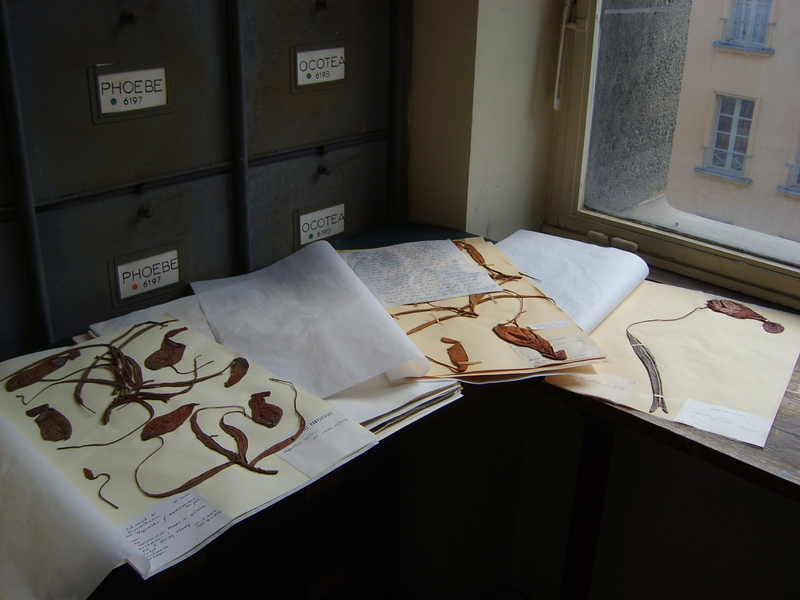|
Protea Pityphylla
''Protea pityphylla'', also known as Ceres sugarbush or mountain rose (along with a number of similar species), is a flowering shrub of the genus '' Protea'', in the family Proteaceae. The plant is endemic to the southwestern Cape Region of South Africa. Names In the Afrikaans language the vernacular names ''hekskaamblom'' and less specifically ''skaamblom'' have been recorded for this plant, ''skaamblom'' being a name it shares with other similar proteas. The name ''skaamblom'' translates as 'shy' or 'bashful' flower, and possibly refers to the nodding, downward-pointing inflorescences. It was first attested in the 1929 article titled ''Gewone Plantname in die Distrik Riversdal'' by Muir in ''Die Huisgenoot'' for the species ''Protea nana''. Taxonomy ''Protea pityphylla'' was first described by Edwin Percy Phillips in 1910. It was collected 27 years earlier, in 1883, by the British botanist A. A. Bodkin (collection #6089) at an elevation of 549 metres on the Michell's Pass t ... [...More Info...] [...Related Items...] OR: [Wikipedia] [Google] [Baidu] |
International Plant Names Index
The International Plant Names Index (IPNI) describes itself as "a database of the names and associated basic bibliographical details of seed plants, ferns and lycophytes." Coverage of plant names is best at the rank of species and genus. It includes basic bibliographical details associated with the names. Its goals include eliminating the need for repeated reference to primary sources for basic bibliographic information about plant names. The IPNI also maintains a list of standardized author abbreviations. These were initially based on Brummitt & Powell (1992), but new names and abbreviations are continually added. Description IPNI is the product of a collaboration between The Royal Botanic Gardens, Kew ( Index Kewensis), The Harvard University Herbaria (Gray Herbarium Index), and the Australian National Herbarium ( APNI). The IPNI database is a collection of the names registered by the three cooperating institutions and they work towards standardizing the information. The ... [...More Info...] [...Related Items...] OR: [Wikipedia] [Google] [Baidu] |
Skurweberg, Western Cape
Ceres is the administrative centre and largest town of the Witzenberg Local Municipality in the Western Cape Province of South Africa. Ceres serves as a regional centre for the surrounding towns of Wolseley, Tulbagh, Op-die-Berg and Prince Alfred Hamlet. It is situated in the ''Warmbokkeveld'' (Afrikaans: "warm antelope field") Valley about 170 km north-east of Cape Town. Ceres is located at the north-eastern entrance to Michell's Pass and was the old route north between Cape Town and Johannesburg, which was later replaced by the N1 highway, which traverses the Breede River Valley to the south. Named after the Roman goddess of agriculture, Ceres, a name which is fitting as the valley in which the town is situated is extremely fertile and is a major producer of South Africa's deciduous fruit. Geography and climate Ceres experiences a typical Mediterranean climate tempered by its altitude. The town experiences warmer temperatures in summer, due to its inland location with ... [...More Info...] [...Related Items...] OR: [Wikipedia] [Google] [Baidu] |
Glabrousness (botany)
Glabrousness (from the Latin '' glaber'' meaning "bald", "hairless", "shaved", "smooth") is the technical term for a lack of hair, down, setae, trichomes or other such covering. A glabrous surface may be a natural characteristic of all or part of a plant or animal, or be due to loss because of a physical condition, such as alopecia universalis in humans, which causes hair to fall out or not regrow. In botany Glabrousness or otherwise, of leaves, stems, and fruit is a feature commonly mentioned in plant keys; in botany and mycology, a ''glabrous'' morphological feature is one that is smooth and may be glossy. It has no bristles or hair-like structures such as trichomes. In anything like the zoological sense, no plants or fungi have hair or wool, although some structures may resemble such materials. The term "glabrous" strictly applies only to features that lack trichomes at all times. When an organ bears trichomes at first, but loses them with age, the term used is ''glabres ... [...More Info...] [...Related Items...] OR: [Wikipedia] [Google] [Baidu] |
Protea Witzenbergiana
''Protea witzenbergiana'', or Swan sugarbush, is a flowering shrub of the genus '' Protea''. Taxonomy ''Protea witzenbergiana'' was first described by Edwin Percy Phillips in 1910, from specimens found growing in the Witzenberg range by Karl Ludwig Philipp Zeyher and William John Burchell. Description The shrub spreads out and can become three metres in diameter and half a metre high. It blooms in Autumn to early Winter, from March to June with the peak in April to May. Distribution The plant is endemic to the Western Cape, South Africa, and occurs from the Cederberg, through the Koue Bokkeveld Mountains and the Witzenberg, to Hex River Mountains and the Bokkerivier Mountains. It is found near the towns of Tulbagh and Ceres. It is somewhat similar to '' Protea pityphylla'' and ''P. pendula''. Ecology Potential wildfires destroy the shrub, but the seeds can survive such an event. The plant is monoecious with both sexes in each flower. It is thought that rodents are pro ... [...More Info...] [...Related Items...] OR: [Wikipedia] [Google] [Baidu] |
Protea Scolymocephala
''Protea scolymocephala'', also known as the thistle protea or thistle sugarbush, is a flowering plant from the genus ''Protea'' native to South Africa. Other recorded vernacular names for the plant are small green protea or scoly. In the Afrikaans language it is known by the name of ''kleingroenroos'', or alternatively ''witskollie''. Taxonomy ''Protea scolymocephala'' was first described by Linnaeus as ''Leucadendron scolymocephalum'', but moved to the genus ''Protea'' by Johann Jacob Reichard in 1779 or 1780. Description It is a small, erect shrub between 0.5 and 1.5 metres in height. It has a single main stem, which branches into a large number of secondary stems. The leaves are linear-spatulate and curve upwards. The inflorescence is yellowish green and relatively small, some 3.5 - 4.5 cm in diameter. The species flowers in Spring, between June or July to November, with the peak in early Spring, between August to September. This species is monoecious with both sexe ... [...More Info...] [...Related Items...] OR: [Wikipedia] [Google] [Baidu] |
Protea Acuminata
''Protea acuminata'', also known in English as the black-rim sugarbush, or in the Afrikaans language as ''sederbergsuikerbos'', is a flowering shrub belonging to the genus ''Protea''. The plant is endemic to South Africa. There are isolated populations at Nieuwoudtville, and in the Cederberg, Stettynskloof and Riviersonderend Mountains. It can grow as an upright tree. It can become up to two metres in height. It blooms from June to September, with the peak of July to August. Periodic wildfires may destroy the adult plants, but the seeds can survive such an event. The seeds are dispersed by means of the wind. The plant is monoecious with both sexes in each flower. It is unknown what causes the pollination to occur. The plant grows in sandy plains and coastal lowlands from sea-level to altitudes of 400 metres. It is a widespread species which is not in danger, and the conservation status has been assessed as 'least concern A least-concern species is a species that has bee ... [...More Info...] [...Related Items...] OR: [Wikipedia] [Google] [Baidu] |
Section (botany)
In botany, a section ( la, sectio) is a taxonomic rank below the genus, but above the species. The subgenus, if present, is higher than the section, and the rank of series, if present, is below the section. Sections may in turn be divided into subsections.Article 4 in Sections are typically used to help organise very large genera, which may have hundreds of species. A botanist wanting to distinguish groups of species may prefer to create a taxon at the rank of section or series to avoid making new combinations, i.e. many new binomial names for the species involved. Examples: * '' Lilium'' sectio ''Martagon'' Rchb. are the Turks' cap lilies * '' Plagiochila aerea'' Taylor is the type species In zoological nomenclature, a type species (''species typica'') is the species name with which the name of a genus or subgenus is considered to be permanently taxonomically associated, i.e., the species that contains the biological type specimen( ... of ''Plagiochila'' sect. ''Bursata ... [...More Info...] [...Related Items...] OR: [Wikipedia] [Google] [Baidu] |
Cape Town
Cape Town ( af, Kaapstad; , xh, iKapa) is one of South Africa's three capital cities, serving as the seat of the Parliament of South Africa. It is the legislative capital of the country, the oldest city in the country, and the second largest (after Johannesburg). Colloquially named the ''Mother City'', it is the largest city of the Western Cape province, and is managed by the City of Cape Town metropolitan municipality. The other two capitals are Pretoria, the executive capital, located in Gauteng, where the Presidency is based, and Bloemfontein, the judicial capital in the Free State, where the Supreme Court of Appeal is located. Cape Town is ranked as a Beta world city by the Globalization and World Cities Research Network. The city is known for its harbour, for its natural setting in the Cape Floristic Region, and for landmarks such as Table Mountain and Cape Point. Cape Town is home to 66% of the Western Cape's population. In 2014, Cape Town was named the ... [...More Info...] [...Related Items...] OR: [Wikipedia] [Google] [Baidu] |
Kew Botanical Gardens
Royal Botanic Gardens, Kew is a non-departmental public body in the United Kingdom sponsored by the Department for Environment, Food and Rural Affairs. An internationally important botanical research and education institution, it employs 1,100 staff. Its board of trustees is chaired by Dame Amelia Fawcett. The organisation manages botanic gardens at Kew in Richmond upon Thames in south-west London, and at Wakehurst, a National Trust property in Sussex which is home to the internationally important Millennium Seed Bank, whose scientists work with partner organisations in more than 95 countries. Kew, jointly with the Forestry Commission, founded Bedgebury National Pinetum in Kent in 1923, specialising in growing conifers. In 1994, the Castle Howard Arboretum Trust, which runs the Yorkshire Arboretum, was formed as a partnership between Kew and the Castle Howard Estate. In 2019, the organisation had 2,316,699 public visitors at Kew, and 312,813 at Wakehurst. Its site at Ke ... [...More Info...] [...Related Items...] OR: [Wikipedia] [Google] [Baidu] |
Syntype
In biological nomenclature, a syntype is any one of two or more biological types that is listed in a description of a taxon where no holotype was designated. Precise definitions of this and related terms for types have been established as part of the International Code of Zoological Nomenclature and the International Code of Nomenclature for algae, fungi, and plants. In zoology In zoological nomenclature, a syntype is defined as "Each specimen of a type series (q.v.) from which neither a holotype nor a lectotype has been designated rts. 72.1.2, 73.2, 74 The syntypes collectively constitute the name-bearing type." (Glossary of the zoological Code ). Historically, syntypes were often explicitly designated as such, and under the present ICZN this is a requirement (Art. 72.3), but modern attempts to publish species or subspecies descriptions based on syntypes are generally frowned upon by practicing taxonomists, and most are gradually being replaced by lectotypes. Those that still ... [...More Info...] [...Related Items...] OR: [Wikipedia] [Google] [Baidu] |
Herbarium
A herbarium (plural: herbaria) is a collection of preserved plant specimens and associated data used for scientific study. The specimens may be whole plants or plant parts; these will usually be in dried form mounted on a sheet of paper (called '' exsiccatum'', plur. ''exsiccata'') but, depending upon the material, may also be stored in boxes or kept in alcohol or other preservative. The specimens in a herbarium are often used as reference material in describing plant taxa; some specimens may be types, some may be specimens distributed in series called exsiccatae. The same term is often used in mycology to describe an equivalent collection of preserved fungi, otherwise known as a fungarium. A xylarium is a herbarium specialising in specimens of wood. The term hortorium (as in the Liberty Hyde Bailey Hortorium) has occasionally been applied to a herbarium specialising in preserving material of horticultural origin. History The making of herbaria is an ancient phenome ... [...More Info...] [...Related Items...] OR: [Wikipedia] [Google] [Baidu] |
Peter MacOwan
Peter MacOwan (14 November 1830 in Hull, England – 30 November 1909 in Uitenhage, Cape Province) was a British colonial botanist and teacher in South Africa. Early life and education He was the son of Peter McOwan, a Wesleyan minister from Scotland. After finishing school he taught at Bath, Colchester and Leeds, and in 1857 taught chemistry at the Huddersfield College Laboratory. That same year he graduated in chemistry from the University of London, becoming professor of chemistry at Huddersfield. Botanical work The year before, he married Amelia Day from Bristol. A severe lung condition, possibly asthma, caused him to move to South Africa and take up the post of principal at the newly established Shaw College in Grahamstown. His health rapidly improved and leaving chemistry behind he resumed studying botany in which he had become interested while still in England, having started a collection of flowers and mosses. This interest was furthered by his association with ... [...More Info...] [...Related Items...] OR: [Wikipedia] [Google] [Baidu] |



